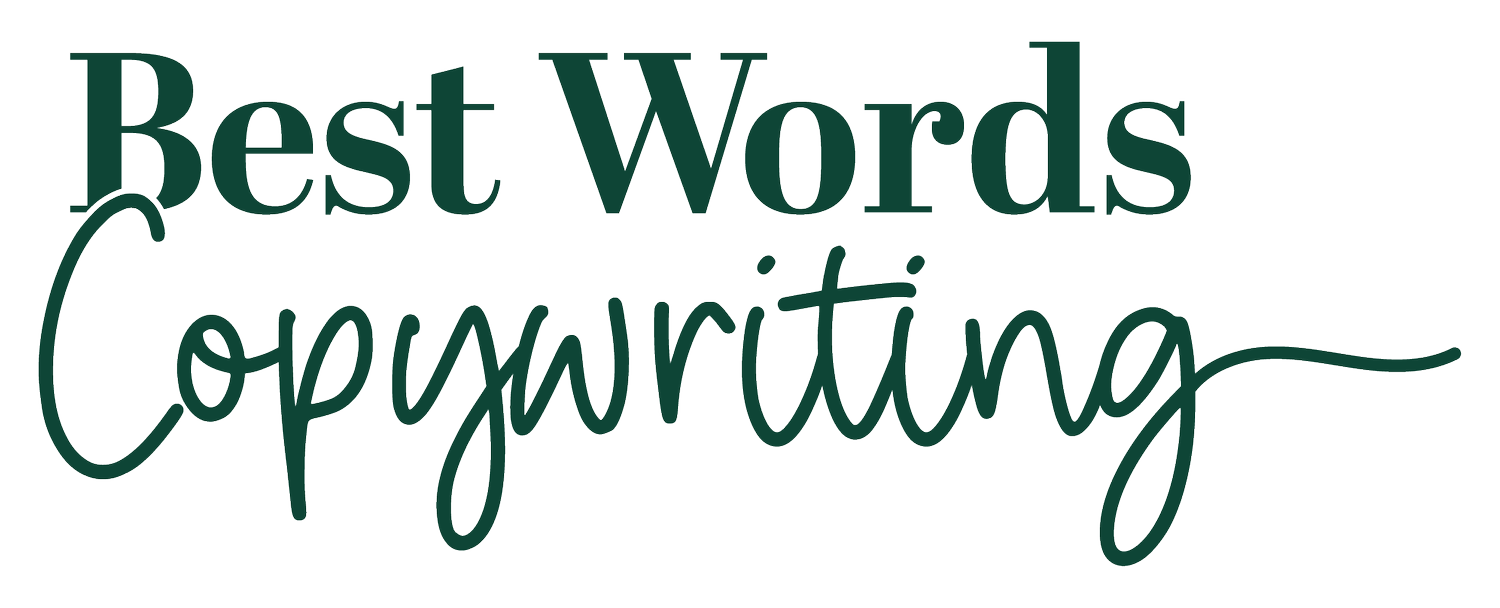From voice to words. Creating a first draft of your about page
You’re all set to do some writing for your business. Computer on, fingers flexed. But nothing happens. You wander to the kitchen, make another coffee and realise you’re stuck. Midway between procrastination and panic.
We’ve all been there.
It happened to me last week. I wanted to refresh my website about page. To make sure it talked more about my client than me. Their challenges and my solutions. Not my autobiography (which is a classic about error).
Anyway, the words wouldn’t come. This is often when I’ve given up in the past. This time I decided to take some of my own advice.
Stop staring into space waiting for words.
Start speaking about what I want to write.
Before I outline my approach, let’s look at why speaking is a good way to start writing.
Why start with speaking?
To be clear, I’m talking about speaking to yourself. Having a private chat if you like, not speaking in public or having a conversation.
Speaking about what you do is a lot easier than writing about it. You can ramble on, stop and start, hesitate and repeat yourself. Without the pressure of seeing your words on the screen. When you’re typing, you start editing right away, as soon as your ideas hit the page.
Saying your words, rather than writing them, is good for website copy.
You will use simpler language. Perfect for online readers who are usually in a hurry.
Your explanations will be clearer as you’ll naturally use imperatives and sequencers.
Your personality will shine through. Creating that conversational copy we hear about.
Your words will sound like you. Not like they’ve been written by someone else or generated by AI.
Now let's look at what you need to turn your speech into website copy. Or anything else you want to write. This audio approach works with all types of content, but for now, let's focus on that about page.
Planning your about page
Start with a content outline of what you want to speak and write about. This could be as simple as a list of bullet points or prompts. I posted a list of these on LinkedIn you can try.
Alternatively, you could focus on your current about page. Read aloud the sections you like and comment on changes you want to make as they come to you.
A third option is to start with a more defined structure or a template. Here are sections you could include:
Introduction: Describe the biggest problem your clients face and how you solve it.
Your journey: Share the story behind your business but keep it client focussed.
Your approach: Outline your unique solution to your clients’ challenges.
Your offer: A summary of your services and the results clients can expect.
Your success: Time for testimonials and social proof, even a case study.
Your values and beliefs: Connect with best-fit clients by sharing these.
Your personality: Reveal something about you; the person behind the business.
Your invitation: Tell the reader what to do next with a clear and compelling call to action.
Once you’ve planned the page, it’s time to record your voice. Give yourself a little bit of thinking space, but not too much. You want this to sound fresh not rehearsed. Remember no one else will ever hear it.
Simple tech solutions
I don’t have fancy recording equipment and you don’t need it. All you want is a way to record your voice and to transcribe your words. I used two different tools:
WhatsApp voice notes
Ideal for shorter sections and for when you are out and about. Send yourself a voice note and use the new transcribe feature to create a text version. It’s not, yet, available for all languages, and not quite perfect, but it takes seconds. Copy the text and add it to your rough draft document.
MS Sound Recorder
I had this app installed on my laptop, unknown to me. It’s the better choice if you are sitting at your computer. Open it up, click on the big red button and start speaking. Once you have an audio file, open MS Word, find Transcribe in the menu bar and select the recording. Somehow your words will appear on the screen. Almost like magic.
Now you have a first draft of your new about page. Yes, it’s rough and ready. No, you wouldn’t share it with a reader. But you’ve got your ideas out of your head. You have a starting point.
Conclusion
Starting with speech rather than text might seem a strange approach. More tech to master, more time required. But it really works. I think you’ll be pleasantly surprised how easy the process is and how well your content reads.
Start off small, refreshing a short section of your chosen page or creating a social media post. The content will sound like you, show your expertise and represent you and your business. Not bad for a dirty first draft.
Need support with your website content? Website Revamp opens for registration in April 2025. Join a small, supportive group of language teaching professionals and get the structure, feedback and encouragement you need to make your website work harder for your business.

